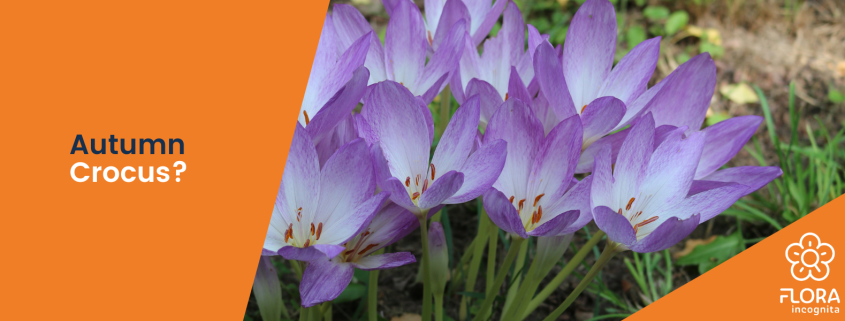The Autumn Crocus
The article discusses the autumn crocus, also known as Colchicum autumnale, which belongs to the Colchicaceae family. There are about 100 species in this family, and the autumn crocus is the most well-known member. It blooms with light-violet flowers in late summer to autumn, adding a last touch of color to our meadows. Despite their name, they are often mistaken for crocuses (Crocus sp.), which belong to a different plant family, the iris family (Iridaceae).
The autumn crocus is a herbaceous and highly poisonous plant. It produces one to five flowers from its corm (a type of bulb-like storage organ). The flowers are generally larger, around 20 cm in length, compared to crocuses. One way to distinguish them is by counting the stamens: the autumn crocus has six stamens, while a crocus has only three.
Unlike crocuses, autumn crocuses produce leaves separately from their flowers. These leaves appear in early summer, always without flowers. However, there’s a potential danger of confusion with another plant, wild garlic (Allium ursinum), which is often collected and consumed. To avoid mistaking wild garlic for other plants like autumn crocuses, you can follow specific guidelines to differentiate them. Here’s an article that guides you through on how to differentiate wild garlic, Lily-of-the-valley, autumn crocus, Jack-in-the-pulpit or Solomon’s seal!
The article was displayed as a story in the Flora-Incognita app in autumn 2023, providing users with interesting information about plants, ecology, species identification, as well as tips and tricks for plant identification.

